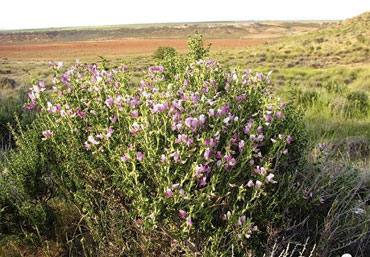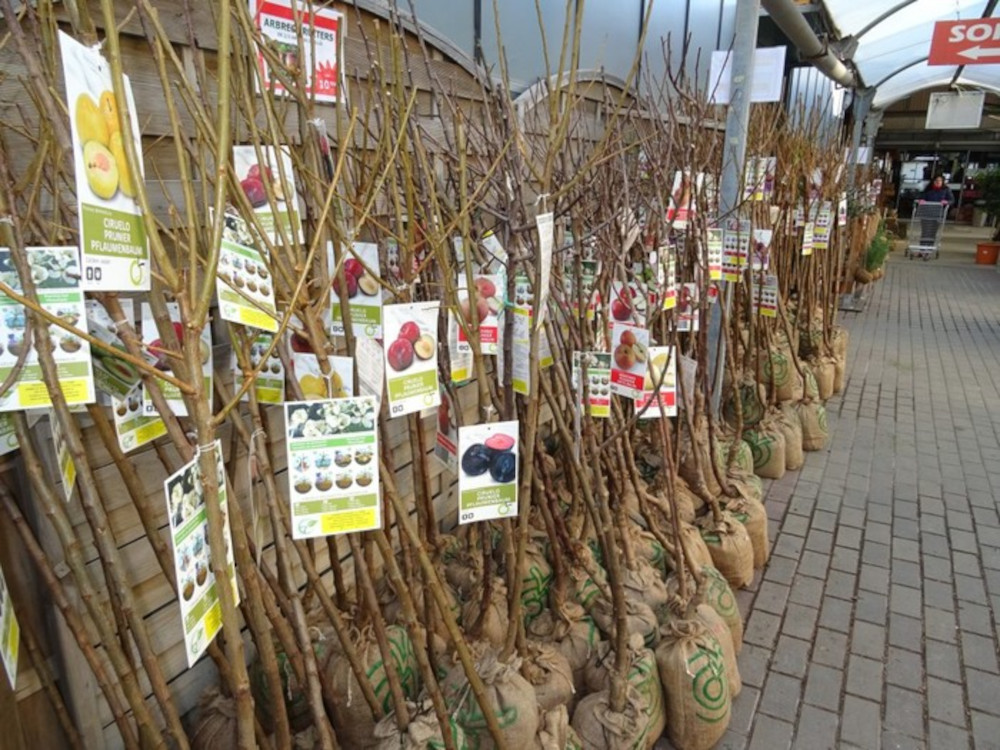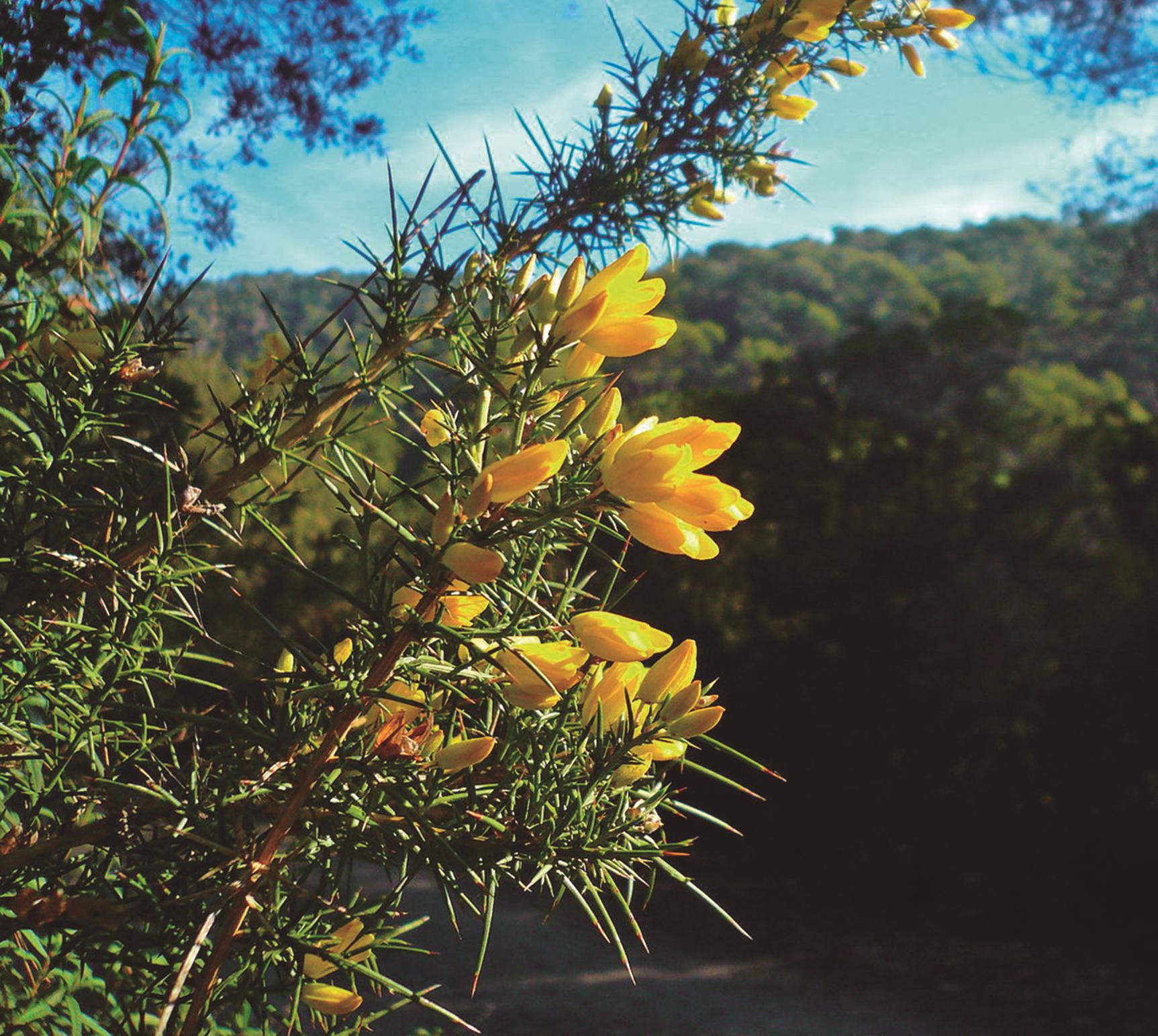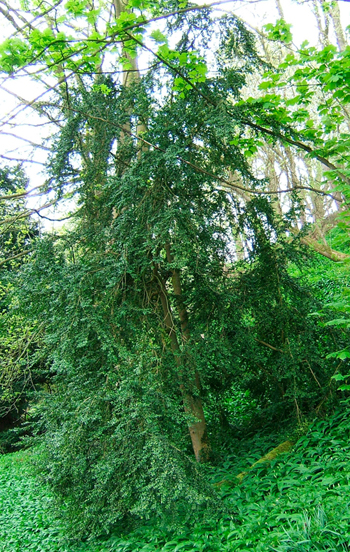The Closure

In the flowers the perfume blooms pseudoacacia, Robinia pseudoacacia, in April. It's in the tracker. Some say that this piece of tree that provides good wood and a better flower is invasive. Some administrations encourage you to turn against him. I am a fan, and these recommendations to take the wind! Pseudo-acacia is a good colonizer, yes, being faster than other plants, to which it has evolved. It spreads strong roots, mostly on the surface of the earth. From these, altsuma and puja emerge everywhere, giving them new trees. The seed grows abundantly through these root clones without waiting for maturation, vigilance and the creation of new plants.
The trick of some superficial and others profound. It is also that it owes its duration and its life to its roots deeply embedded in the land of the depths. Closure, Ononis spinosa, among others.
The waiter belongs to the legume family. Although the shrub appears small, it has enormous roots, strong and luuuze. It grows in fields and fields and has received in its names the fame it had among the peasants of yesteryear: cerrado, cerrado, cavernado or caldera. The first three explain the connection between the peasant and the plant: closures to that, closures to that and to that still. In two words, a plant to leave you alone. He excuses himself, even with the mushroom, that it will be difficult for him to do the work of the plant and it is better to leave it intact. With today’s tractors there is no problem and this plant would not have such a name. In Catalan they call him afrontacavadors and afrontallauradors, which will embarrass the excavator, who will probably not get him out of his ass. The name Galdarrona is given another way of understanding: the proud good plough. They say he pulls the plow off the ground, thwarting the plow. Lakoizketa explains it in 1888 and Emilio Guinea in his book Vizcaya y su paisaje vegetal renews it in 1949. In Spanish it has a similar name in English: detienebuey and quiebraarados, in Portuguese resta-boi, in French arrete-boeuf, in English it has a lot of restharrow; in Latin it was also called remora aratri and resta bovis. The roots that are able to pull the plow out of its gutter and/or grab it and stop the pair of oxen are not the leaves under the cabbage!
In the lands of the Atlantic Basque Country autumn brings the biggest harvest: corn, beans, pumpkin, apple, nut, chestnut, etc. One of the hardest tasks of the peasants has been to keep these fruits and seeds as long as possible. They are dishes that will enjoy fall and... [+]














